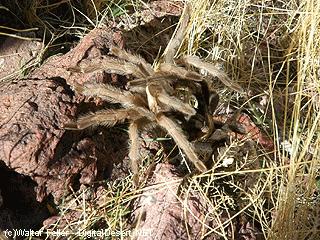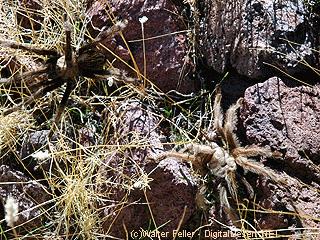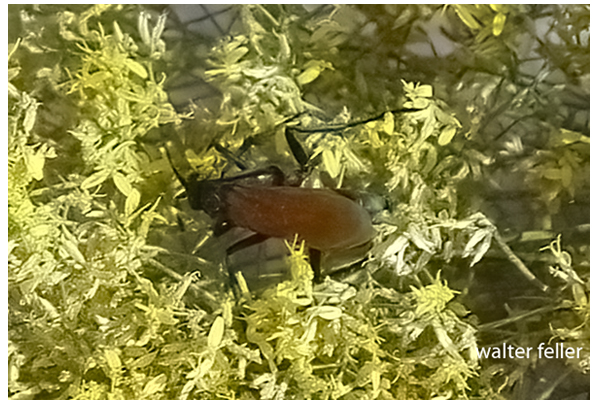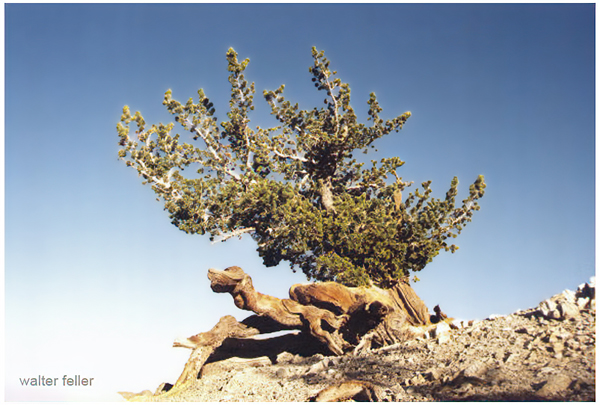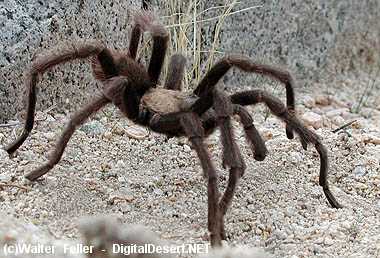
The term “tarantula migration” is often used to describe the phenomenon of large groups of tarantulas moving en masse in search of food, mates, or new habitats. Tarantulas are solitary spiders for most of the year, but during certain seasons, they may engage in these migrations. This behavior is more commonly observed in some species of tarantulas, particularly in the southwestern United States.
Here are some key points about tarantula migrations:
Timing: Tarantula migrations typically occur in the late summer and early fall, often in August and September. This timing is associated with the mating season for many tarantula species.
Purpose: Tarantulas migrate to find mates as males search for females. The females may also move to find suitable locations to lay their eggs or search for prey.
Location: The most famous tarantula migrations in the United States occur in the deserts of the American Southwest, such as Arizona and California. These migrations can involve thousands of tarantulas moving across the desert floor.
Behavior: During a migration, tarantulas can be seen traveling on the ground in search of food and potential mates. They often move during the evening and nighttime to avoid extreme daytime heat.
Species: The most well-known species that participate in these migrations is the Aphonopelma species, commonly called the desert tarantula. However, not all tarantulas engage in migrations, and the behavior can vary among different species.
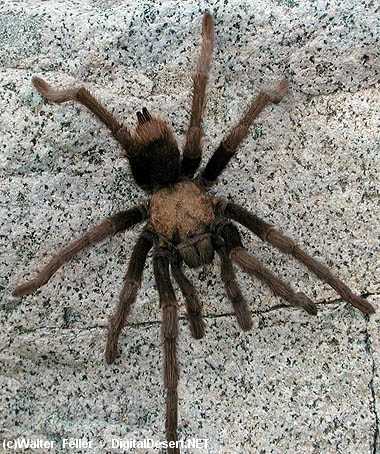
Conservation: Tarantula migrations are an important part of the ecosystem, as they help control insect populations and serve as a food source for various predators. Conservation efforts are often aimed at protecting their habitats.
During a tarantula migration, it’s not uncommon for people to go out and observe or photograph the spiders. Still, it’s essential to do so responsibly and without disturbing their natural behavior or habitats.
Suppose you’re interested in witnessing a tarantula migration. In that case, it’s best to consult local experts or naturalists who can guide you to appropriate locations and provide you with additional information on when and where to observe this fascinating natural phenomenon.

